In the past decade, the supplement industry has witnessed an ingredient design revolution, with a veritable explosion of designer compounds patented and released by innovative nutraceutical labs.
Methodically, old generic ingredients are being displaced by new designer versions, many of which have plenty of peer-reviewed research demonstrating their superiority.
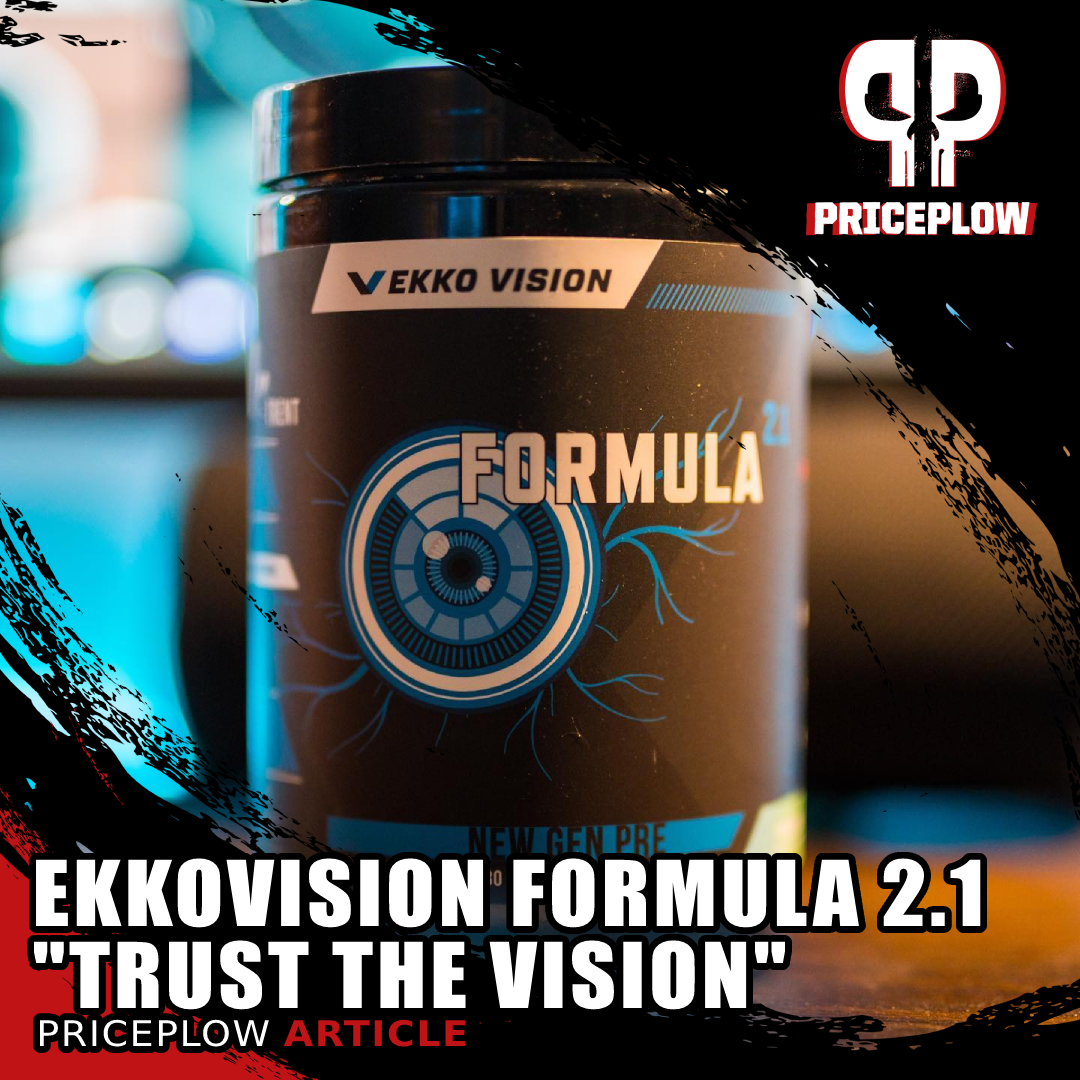
Ekkovision Formula 2.1 is a pre-workout supplement with seven trademarked ingredients, one of them being the patented Nitrosigine for pumps!
However, this revolution is proceeding slowly. Despite the superior efficacy and bioavailability of most designer ingredients, many supplement manufacturers are still clinging to antiquated generic forms.
We would like to see this process move faster – which is why we're so excited about Formula 2.1 Preworkout from EKKOVISION.
Loaded with more than seven different research-backed patented ingredients, led by a full dosage of nitric oxide boosting Nitrosigine, this formula really goes for the gold in terms of innovation. Formula 2.1 Preworkout promises to deliver to consumers unprecedented value in supplement bioavailability and efficacy.
So does it? Read on to find out! But first, let's check the PricePlow deals:
Nutrition21 – Deals and Price Drop Alerts
Get Price Alerts
No spam, no scams.
Disclosure: PricePlow relies on pricing from stores with which we have a business relationship. We work hard to keep pricing current, but you may find a better offer.
Posts are sponsored in part by the retailers and/or brands listed on this page.
EKKOVISION Formula 2.1 Ingredients
In a single, 1-scoop (12.3 gram) serving of Formula 2.1 Preworkout from EKKOVISION, you get the following:
-
HydroPrime (Glycerol Powder 65%) – 4,000 mg
Here we have our first designer ingredient in HydroPrime, a trademarked form of glycerol from novel ingredient developer NNB Nutrition.
Glycerol is a great osmolytic hydration agent and, hence, ergogenic aid.[1] By increasing the water content and water retention in your cells, glycerol can help protect them against exercise-induced stress while maximizing the efficiency of cellular function.[1] It also gives you a great pump,[2] which many athletes and bodybuilders will love.
Unfortunately, the use of generic glycerol in consumer supplements has been plagued by its unwanted tendency to clump during long-term storage. Often, this clumping problem can be so bad that it renders the product unusable.
When it comes to hydration, endurance, cell volumization, and heat tolerance, water is king. And this simple ingredient -- glycerol -- enables you to hold more water for better performance!
So despite glycerol's beneficial effects on athletic performance and recovery, the supplement industry tends to avoid using it.
That's the problem NNB Nutrition set out to solve when they developed HydroPrime (with our nudging from PricePlow). Thanks to an innovative new method for stabilizing and powderizing glycerol, they succeeded in creating a form of glycerol that mixes well with other powdered ingredients, and most importantly, doesn't clump remotely as much!
Glycerol can only move water into your cells if there's water available for it to move, so be sure to drink plenty of fluids when you use HydroPrime. At 4,000 milligrams, it's a pretty huge dose, and is on the higher end we've seen compared to other pre-workout powders.
You can learn more about glycerol in our mega-guide, Glycerol: The Ultimate Guide for Hydration, Heat Protection, and Pumps.
-
Inositol-Stabilized Arginine Silicate (as Nitrosigine) – 1,500 mg
Next we have one of PricePlow's all-time favorite designer ingredients, Nitrosigine, sometimes referred to as ASI, an acronym for inositol-stabilized arginine silicate.[3]
Yes! We have a full 1.5g dose of Nitrosigine for long-lasting pumps, endurance, and even some focus effects!
Like most patented ingredients, Nitrosigine was developed to solve a specific problem: the poor bioavailability of oral generic arginine supplements.[4]
Arginine has long been recognized as an important nitric-oxide-boosting amino acid, and the supplement industry has seen the extensive use of arginine in pre-workout formulas because of nitric oxide's (NO) performance-enhancing effects.
Unfortunately, arginine gets broken down in the stomach by the first pass effect before it can be absorbed into the bloodstream, meaning that most of the arginine you take orally doesn't actually have the intended effect. It simply breaks down into its constituent peptides by the enzyme arginase and, instead of boosting NO, is used for tissue repair, growth, or energy production..
Nutrition21, the developer of Nitrosigine, discovered that you could inhibit the action of arginase by combining arginine with inositol and silicate,[5] thus sparing the arginine from the first pass effect and allowing much more of it to reach the bloodstream where it can upregulate NO production.[6]
Research on Nitrosigine shows that it rapidly increases NO blood levels, and keeps them elevated for quite a long time – significant increases are observed as soon as 30 minutes after ingestion, and last as long as six hours.[7,8]
Nitric Oxide's Athletic Benefits
This extra NO in your blood causes vasodilation, a mechanism whereby your arteries dilate, allowing more blood to flow through them.[9] Better circulation means that oxygen and nutrients are delivered to your cells more efficiently, which can increase your athletic performance. Just as importantly, cellular waste, like lactic acid, is also removed more efficiently, which can speed up recovery after your workout.[10]
Higher NO levels have benefits for general health as well. Nitric-oxide-driven vasodilation lowers blood pressure, and arginine supplementation, in particular, has been shown to have a significant anti-hypertensive effect.[11] Note that most of the research on the cardiovascular benefits of arginine was conducted with generic arginine – doses being equal, it wouldn't surprise us if the efficacy of Nitrosigine turned out to be even greater.
Nitric Oxide's Cognitive Benefits
Nitric Oxide isn't just for improving cardiovascular function. It turns out that elevated NO levels can improve brain function as well.
For example, intense physical activity has consistently been shown to cause a temporary but significant drop in cognitive ability. In one study, Nitrosigine supplementation by healthy 18 to 40 year old men prevented this effect.[12]
However, the cognitive benefits of higher NO aren't just for athletes. A study conducted on healthy, active males, aged 18 to35, showed that even when volunteers had not recently exercised, Nitrosigine supplementation still made them better at task switching, a type of cognitive test that's supposed to measure a person's ability to multitask.[13] Another recent study showed improved short-term memory after taking it![54]
We like to see studies on cognitive-enhancing ingredients with young people because cognitive decline is an unfortunate reality of aging. Seeing the data in black and white that an ingredient has nootropic effects in a cohort under the age of TK is a strong indication that it has the ability to boost cognitive performance above baseline, as opposed to merely compensating for age-related cognitive deficit.
Greater perceived energy over time
A new study published in late 2021 showed that Nutrition21's Nitrosigine improves working memory and cognitive function in healthy young adults[54]
Due to NO's effects on both mental and physical function, an effective NO-boosting ingredient like Nitrosigine can go a long way toward improving your overall levels of energy and motivation. One study involving healthy active men between the ages of 19 and 33 found that just three days of Nitrosigine supplementation increased their vigor-activity and fatigue-inertia scores on a profile of mood states (POMS) test.[7]
Ultimately, this kind of change in perceived energy levels can make you more effective in your workouts, and in pretty much any other activities you attempt.
Check our long-form Nitrosigine article
Amazingly, there's even more to say about Nitrosigine. So if you're interested in getting a comprehensive breakdown, compound-by-compound, read "Nitrosigine: The Nitric Oxide Booster That Enhances Brain Function."
-
L-Tyrosine – 1,000 mg
The essential amino acid, tyrosine, is a precursor to several important neurotransmitters, including adrenaline and dopamine, both of which are necessary for peak focus, motivation, and alertness.[14] When you increase the levels of these neurotransmitters in your brain, it can help you find the motivation you need to hit the gym and perform at your best. These neurotransmitters also support the fight-or-flight mode that's governed by the sympathetic nervous system.Long story short from our analysis -- For the best effects from tyrosine, choose the regular L-Tyrosine version!
Another way that tyrosine can help you feel more energetic is by supporting optimal thyroid function,[15,16] as tyrosine is also a precursor to the thyroid hormones T3 and T4.[16]
Thyroid function tends to be negatively affected by calorie restriction, and can be affected by strenuous exercise as well. So if you're training hard and cutting hard, supplemental tyrosine can definitely help protect your thyroid from the stress caused by these activities.[17,18]
Tyrosine seems to have particular benefits for people who are sleep deprived. In this population, tyrosine supplementation leads to significant improvements in cognitive function.[19,20]
-
Alpha GPC 50% – 300 mg
Alpha-Glycerylphosphorylcholine, often and understandably abbreviated as alpha GPC, is a specific form of choline, an essential B-vitamin.
When reformulating supplements, companies have been using Nitrosigine a lot lately thanks to its research-backing.
Choline helps your body maintain the structure of your cellular phospholipid membranes, the outer boundary of the cell that encloses its organelles while keeping unwanted substances out.[21]
It's also a precursor to acetylcholine, a neurotransmitter that's crucial for learning and memory consolidation because of its ability to facilitate inter-neuronal communication.[22] The higher your choline levels, the more acetylcholine your body is able to produce, thus leading to improvements in cognitive function. Memory, learning, attention, alertness, even balance and coordination – pretty much every aspect of cognition—is affected by your acetylcholine levels.[23,24]
Alpha GPC may not be a designer ingredient, but it is the preferred form of choline owing to its high bioavailability and unique (among choline forms, that is) ability to cross the brain-blood barrier.[25]
-
Caffeine Anhydrous – 250 mg
Caffeine is one of the most common and useful ingredients in sports supplements. It increases your body's rate of fat burning, which not only can help you lose weight by increasing your total daily energy expenditure (TDEE, the total number of calories you burn in a day), but also make more energy available to your cells. When cells have more energy available to burn, they're able to do more useful work. This naturally leads to increased athletic performance,[26,27] which has been attested to by dozens, if not hundreds, of studies. Although, as with any ingredient, not all studies show athletic benefits from caffeine use.
However, there's enough evidence to support the use of caffeine during exercise that the International Society of Sports Nutrition (ISSN) felt compelled to issue an official position on the subject. Upon reviewing the research literature on caffeine's ergogenic properties, the ISSN concluded that caffeine use can yield "small to moderate" benefits in "muscular endurance, movement velocity and muscular strength, sprinting, jumping, and throwing performance, as well as a wide range of aerobic and anaerobic sport-specific actions."[28]
Caffeine has two main mechanisms of action: the first is to block the action of a nucleotide called adenosine, which under normal circumstances builds-up in your brain during waking hours and gradually causes you to feel tired as it accumulates. In other words, adenosine buildup is a signal to your body to sleep. Caffeine binds to the adenosine receptor, which prevents adenosine itself from activating the receptor, and hence prevents the onset of fatigue.[26,27]
By inhibiting the action of adenosine, caffeine can increase alertness and focus.
Caffeine also inhibits phosphodiesterase, an enzyme that breaks down cyclic adenosine monophosphate (cAMP).[26,27] Because cAMP is a factor in your body's metabolic activity, caffeine's ability to increase cAMP levels means your body can burn calories for energy faster.[26,27]
Part of this energy is burned as heat, in a process called non-shivering thermogenesis that is upregulated by caffeine use.[26,27,29]
Because caffeine is generally well-tolerated, there's little downside for the vast majority of people in using caffeine to enhance performance. However, tolerance varies from individual to individual. If you have a low tolerance for caffeine, you probably already know – but if you're not sure, you can start using caffeine in small doses and work your way up. You may also want to discuss this with your doctor.
The 250-milligram dose of caffeine in Formula 2.1 is pretty standard – most people (including writers who work at PricePlow) have no trouble with it, but for first-time caffeine users, or those who are unusually sensitive to caffeine, that amount could be a little overwhelming.
-
Theobromine – 200 mg
Taken from a patent application, this is actually about its antitussive effect, but shows that theobromine certainly lasts a while.
Synergizing with the 250 milligrams of caffeine is theobromine. Both caffeine and theobromine are methylxanthines, a class of alkaloids with stimulant effects.
Theobromine does pretty much what caffeine does: it helps burn fat, increases metabolism, and has ergogenic and nootropic effects. However, theobromine is milder, with a slower onset and a longer half-life, meaning that it isn't likely to cause the energy crash that caffeine can as it leaves your system.
Research on theobromine shows that it can also suppress appetite, decrease inflammation, and improve cardiovascular health.[30,31]
Theobromine naturally occurs in cocoa, and is often cited as a partial explanation for the health benefits associated with dark chocolate consumption.
-
Zynamite (Mangifera Indica Extract, std. to 60% Mangiferin) – 200mg
For our next designer ingredient, we have Zynamite, an extract derived from Mangifera indica, a type of mango tree.
Zynamite's effects on cognition
Zynamite's bioactive constituents are capable of crossing the blood-brain barrier, which enables them to be highly active in the central nervous system where they upregulate long-term potentiation (LTP),[32] a process of memory consolidation associated with temporal and spatial memories.
Interestingly, Zynamite and caffeine have similar mechanisms of action, and may have synergistic effects on cognition.[32] Zynamite may even be efficacious enough to replace caffeine as a nootropic agent,[32] which is pretty high praise considering the documented efficacy of caffeine.
Zynamite's effects on athletic performance
Subjects had enhanced peak power output after supplementing with Zynamite. Image courtsey of Nektium.
There are several studies showing that the combination of Zynamite and other ingredients, e.g. luteolin and quercetin, can significantly improve multiple dimensions of athletic performance, including VO2 max, power output, and oxygen uptake.[33-35]
One study found that the combination of Zynamite and quercetin can decrease muscle damage and speed up recovery following exercise.[36]
These studies are great, but of course, they were conducted with ingredient combinations that are not present in Formula 2.1. We expect Zynamite to independently improve athletic performance, but the studies on that have yet to be published, so we can't be certain.
Zynamite seems remarkably safe, in the sense that enormous doses are required before adverse effects are expected to be observed. One study found that the adverse effect level was 2,000 mg per kilogram of bodyweight per day.[37,38]
Of course, individual tolerance will vary, but Zynamite has earned the FDA's Generally Recognized As Safe (GRAS) designation.
-
ElevATP (ancient peat extract and apple extract) – 150 mg
The latest studies on ElevATP have shown that it can increase extracellular levels of adenosine triphosphate (ATP),[39] which is your body's energy-carrying molecule. Lots of ATP means lots of useful energy available to your cells, which can use that energy to carry out metabolic processes. Insufficient ATP means your metabolism will get down-regulated, or slowed down.
In other words, ATP is basically the gas to your body's engine. Without enough "gas," you may feel lethargic or gain unwanted weight – if ATP insufficiency is bad enough, it can deleteriously affect organ function. A 2019 research review published in the journal Frontiers in Pharmacology proposes that an ATP deficiency can cause severe or even fatal disease.[40]
Suffice it to say that ATP levels are something you should take seriously: you really don't want your body's engine to run out of gas.
On the other hand, if we have surplus ATP, we might feel and perform better. And indeed, a 2016 placebo-controlled study found that 150 milligrams of ElevATP, taken daily for eight weeks, significantly increased the study participants' max strength in barbell squats and deadlifts, as well as their jump velocity and power.[41]
Note that 150 milligrams is the same dose that's used in Formula 2.1.
-
S7 (Green Coffee Bean Extract, Green Tea Extract, Turmeric Extract, Tart Cherry, Blueberry, Broccoli, Kale) – 150 mg
The S7 blend of extracts consists of 3% curcumin, 30% catechins, and 60% polyphenols by weight.
Note that polyphenols, a type of antioxidant, and catechins, a type of polyphenol, are thought to be responsible for many of the health benefits associated with tea drinking. A cup of freshly brewed tea contains somewhere between 50 and 100 milligrams of catechins,[42] so the overall polyphenol and catechin content of a 150-milligrams S7 dose is about on par with a cup of tea, which is nothing to sneeze at.
One of tea's many health benefits is to increase nitric oxide (NO) production, and it turns out S7 increases NO bioavailability, helping your body use its existing NO much more efficiently. One study found that S7 may increase NO bioavailability by as much as 230%,[43] a huge effect size. In practice, this has more or less the same effects as increasing the quantity of NO in your blood.
If you need a refresher on why increased NO activity is so awesome, scroll up to the section on Nitrosigine, where we go into greater detail about the importance of NO.
-
Senactiv (Panax notoginseng (root) and Rosa roxburghii Tratt (fruit) Extracts) – 50 mg
Senactiv, developed by NuLiv Science, is one of the most interesting designer ingredients on the market today. It's a senolytic agent, meaning that it helps your body break down old, dead, or dying cells (senescent cells) in order to allow for their replacement by new, more functional cells.
Four human trials and two in-vivo studies have been done on the bioactive constituents of Senactiv.[44-49] One of these studies found that people who took Senactiv's ginseng component an hour before exercise had less muscle damage, faster glycogen synthesis and lower levels of inflammation after the workout, compared to the placebo group. Moreover, the VO2max of the experimental group increased by 20%.[44]
-
AstraGin (Purified & Fractionated Panax notoginseng and Astragalus membranaceus) – 50 mg]
Remember what we were saying about the importance of ATP in the ElevATP section? Well, in AstraGin we have another designer ingredient that works by raising ATP levels – specifically, in the digestive tract. AstraGin makes more ATP available to your intestinal cells, enabling them to absorb more nutrients from whatever is being digested in your intestines.[50,51]
In other words, AstraGin increases the bioavailability of whatever you consume with it – which is pretty awesome in supplements. The presence of AstraGin in a formula makes every other ingredient in the formula more effective, maximizing the value you get as a consumer.
Over 20 published studies show that AstraGin can increase the absorption of a huge range of nutrients, including amino acids and vitamins.[52,53]
-
Sodium (as Pink Himalayan Sea Salt) – 500 mg
We don't usually see sodium kicking off a pre-workout formula, but we think it's a great idea to put electrolytes up front. Electrolyte loss is something that, all too often, is either not discussed at all or "solved" with totally inadequate practices.
Specifically, when it comes to most supplements that claim to tackle the electrolyte issue, we rarely see sodium or any other minerals given in doses that would matter – we're talking significantly less than 10% of the recommended daily intake.
That's not the case with EKKOVISION's Formula 2.1. Here, we have a significant 500 milligram, or 20% of the daily recommended sodium intake.
The reason this matters is that on average, an athlete can expect to lose about 1,700 milligrams of sodium per hour of aerobic exercise. Of course, the total sodium loss also depends on how hard you're working, and how hot and humid your surrounding environment is. But this figure gives you an idea about the order of magnitude of expected sodium loss.
Pre-loading a bit of extra sodium before you start your workout should help mitigate the effects of exercise-induced electrolyte loss, and help prevent the development of a serious imbalance.
Conclusion
Formula 2.1 from EKKOVISION is a seriously awesome formula, consisting of powerful ingredients at substantial doses. Dosing is something EKKOVISION seems to take very seriously, which we definitely like to see. Even sodium, the cheapest and most generic ingredient in the formula, is dosed appropriately, which is rare.
Most supplement manufacturers dramatically under-dose sodium, to the point where it may as well not be included in the formula at all, but EKKOVISION apparently knows better. We appreciate this design philosophy, and are excited to see more products from them in the future.
Nutrition21 – Deals and Price Drop Alerts
Get Price Alerts
No spam, no scams.
Disclosure: PricePlow relies on pricing from stores with which we have a business relationship. We work hard to keep pricing current, but you may find a better offer.
Posts are sponsored in part by the retailers and/or brands listed on this page.
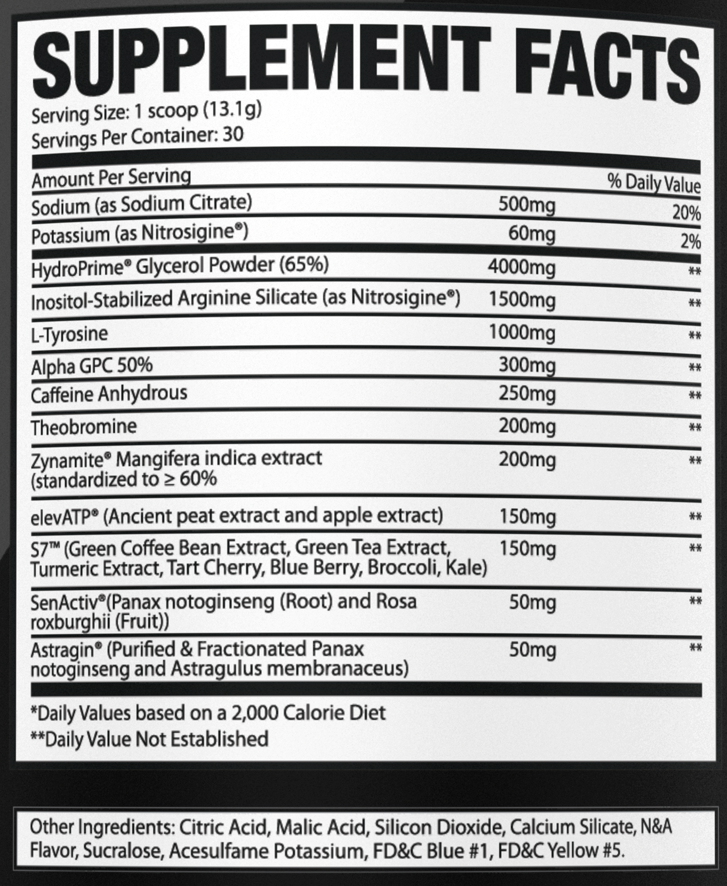
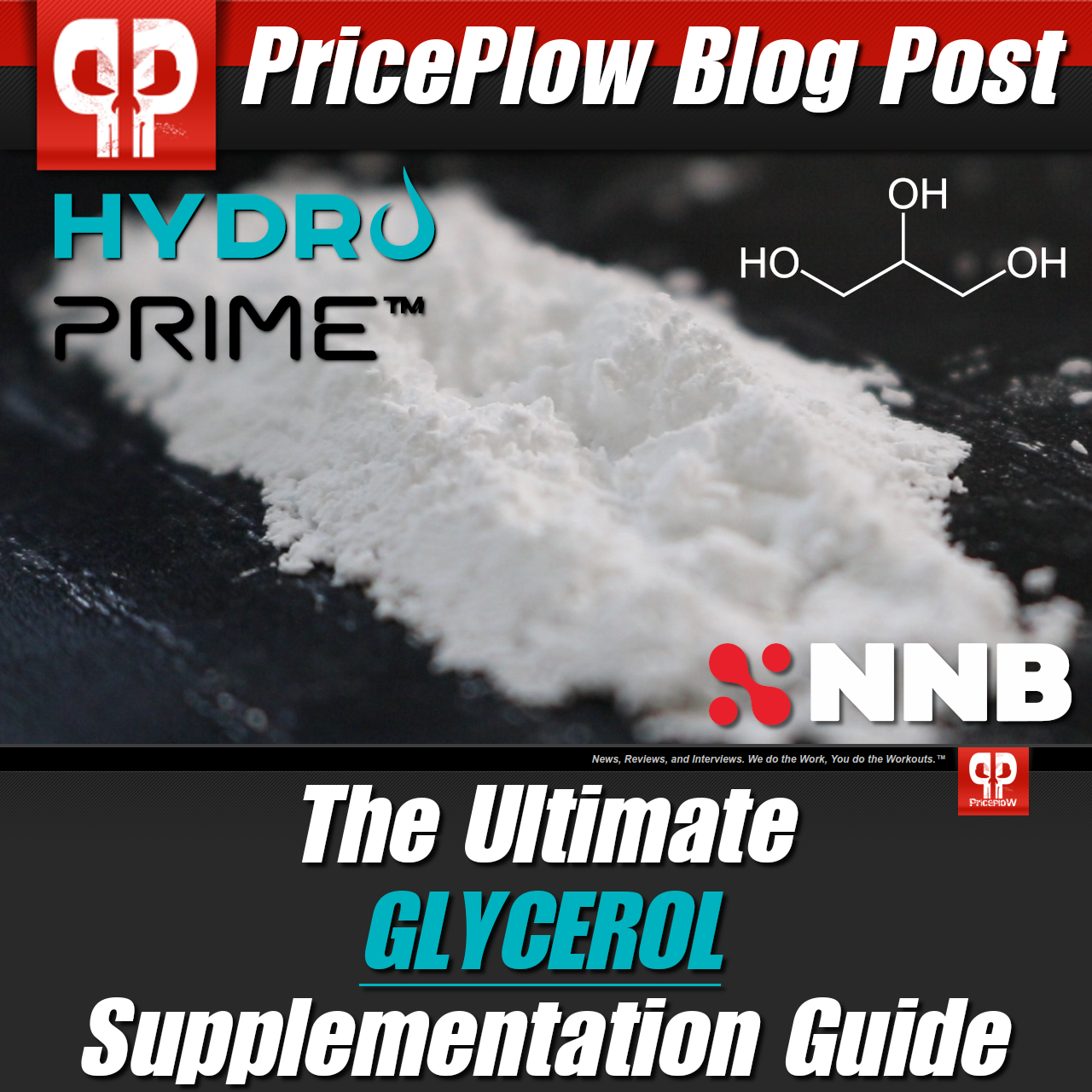
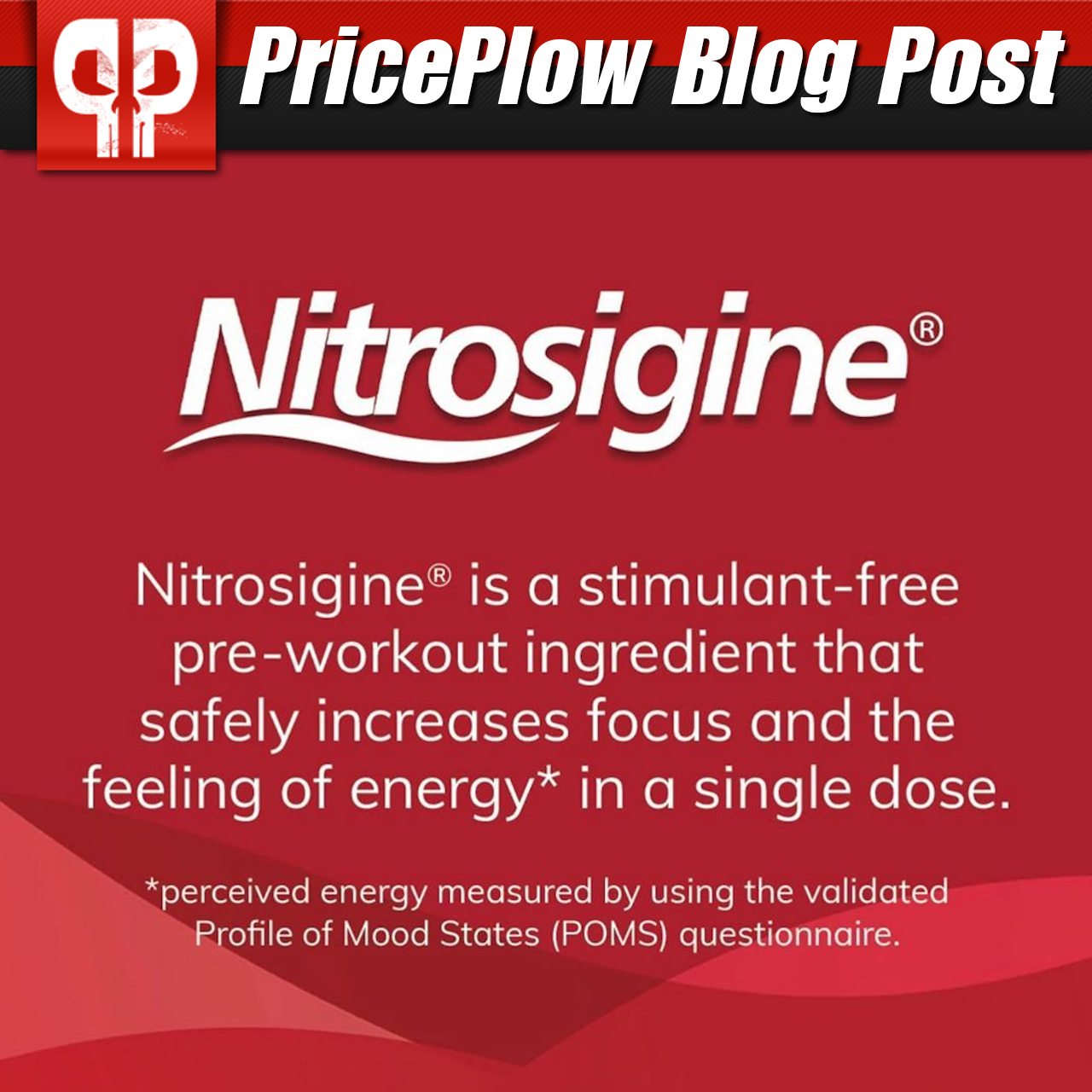
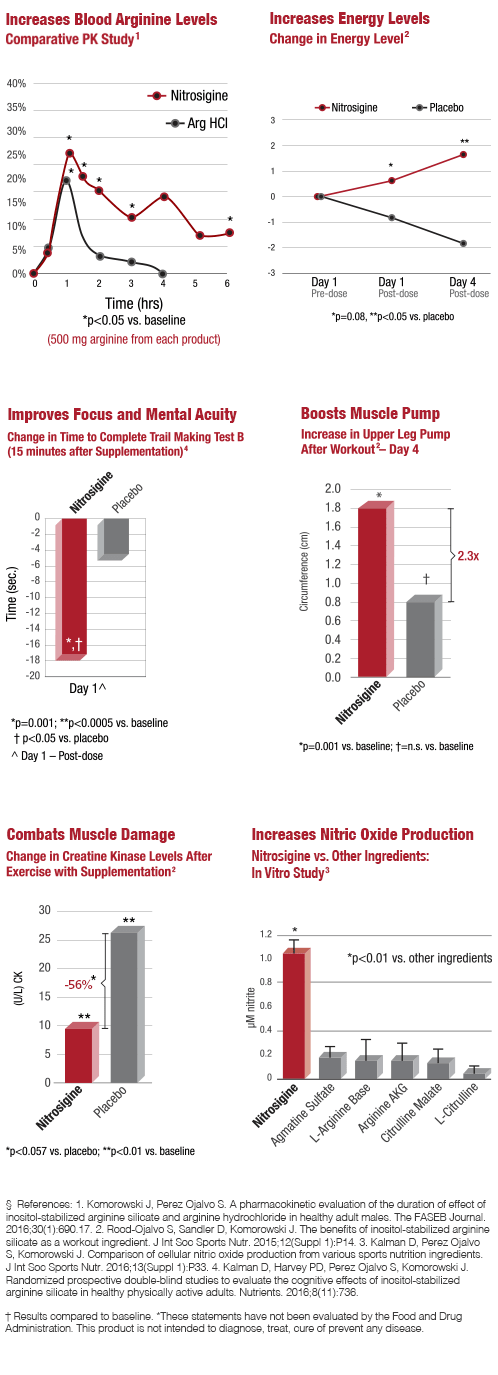
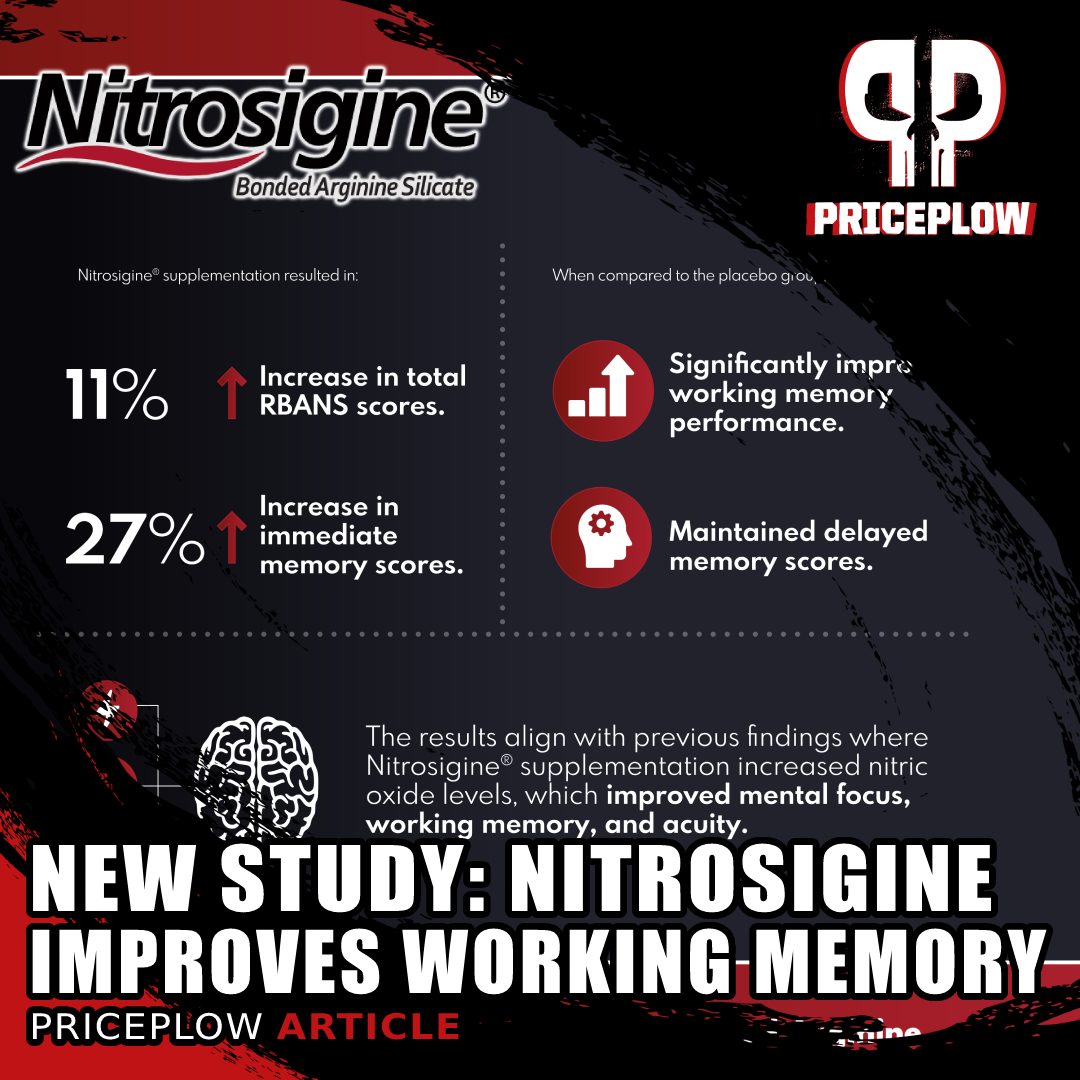
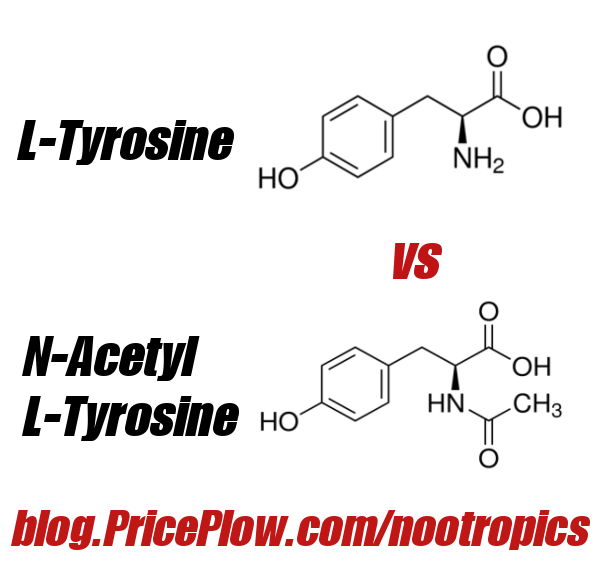
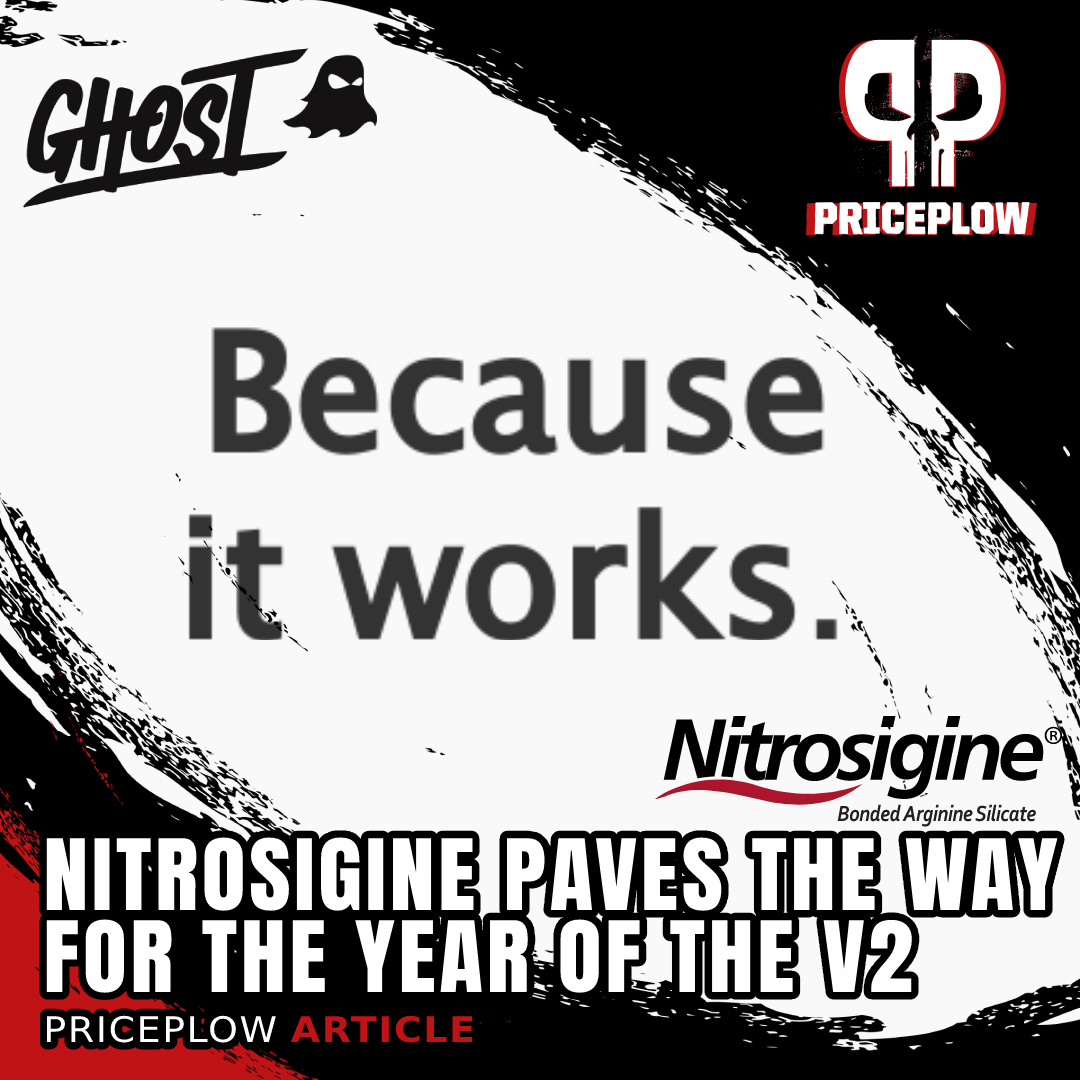
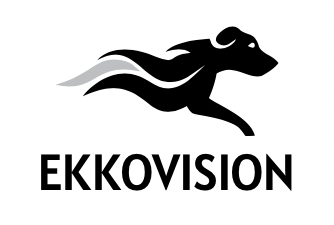
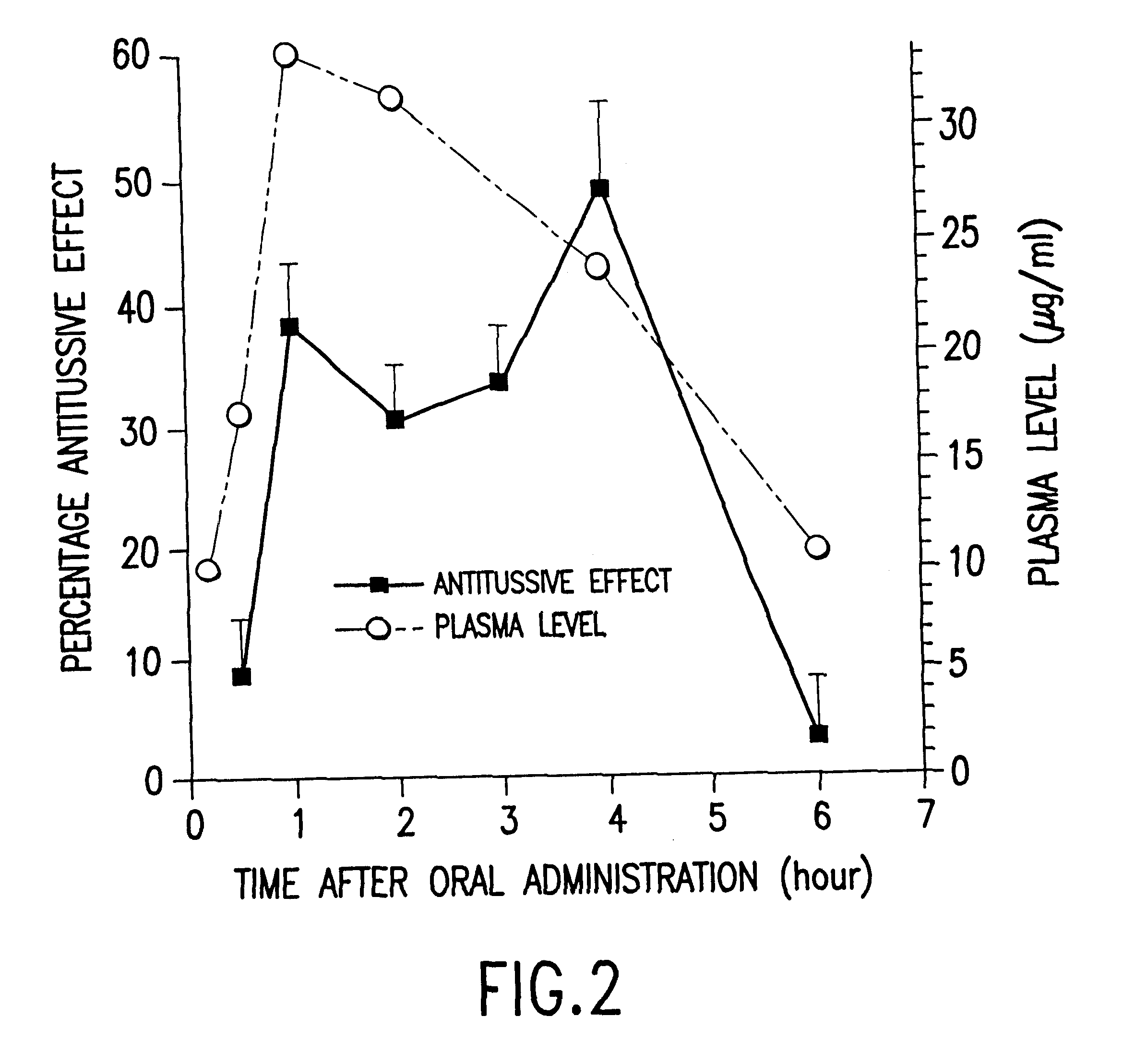
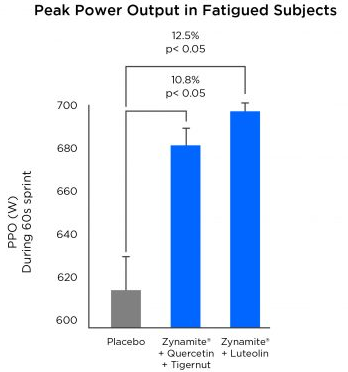
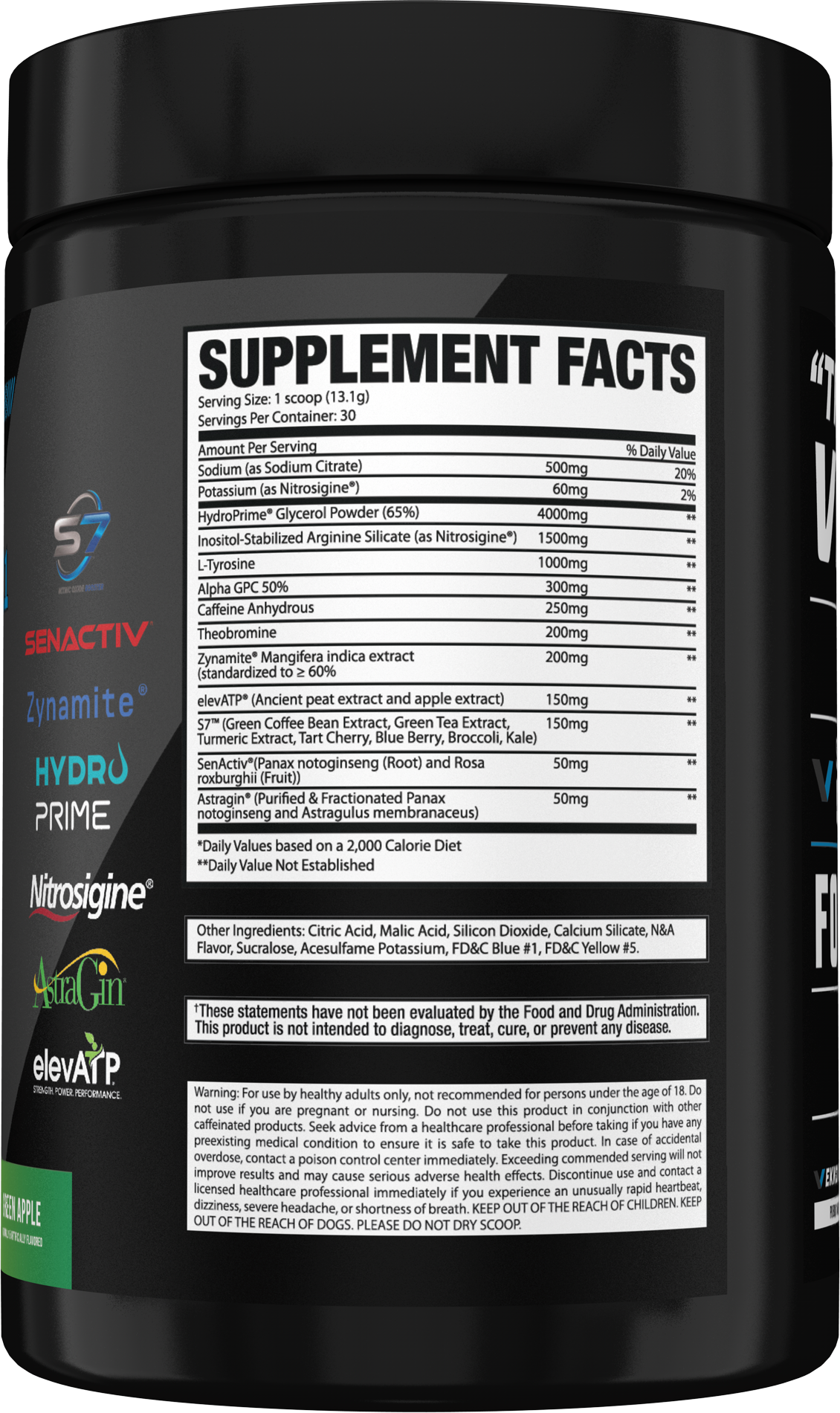
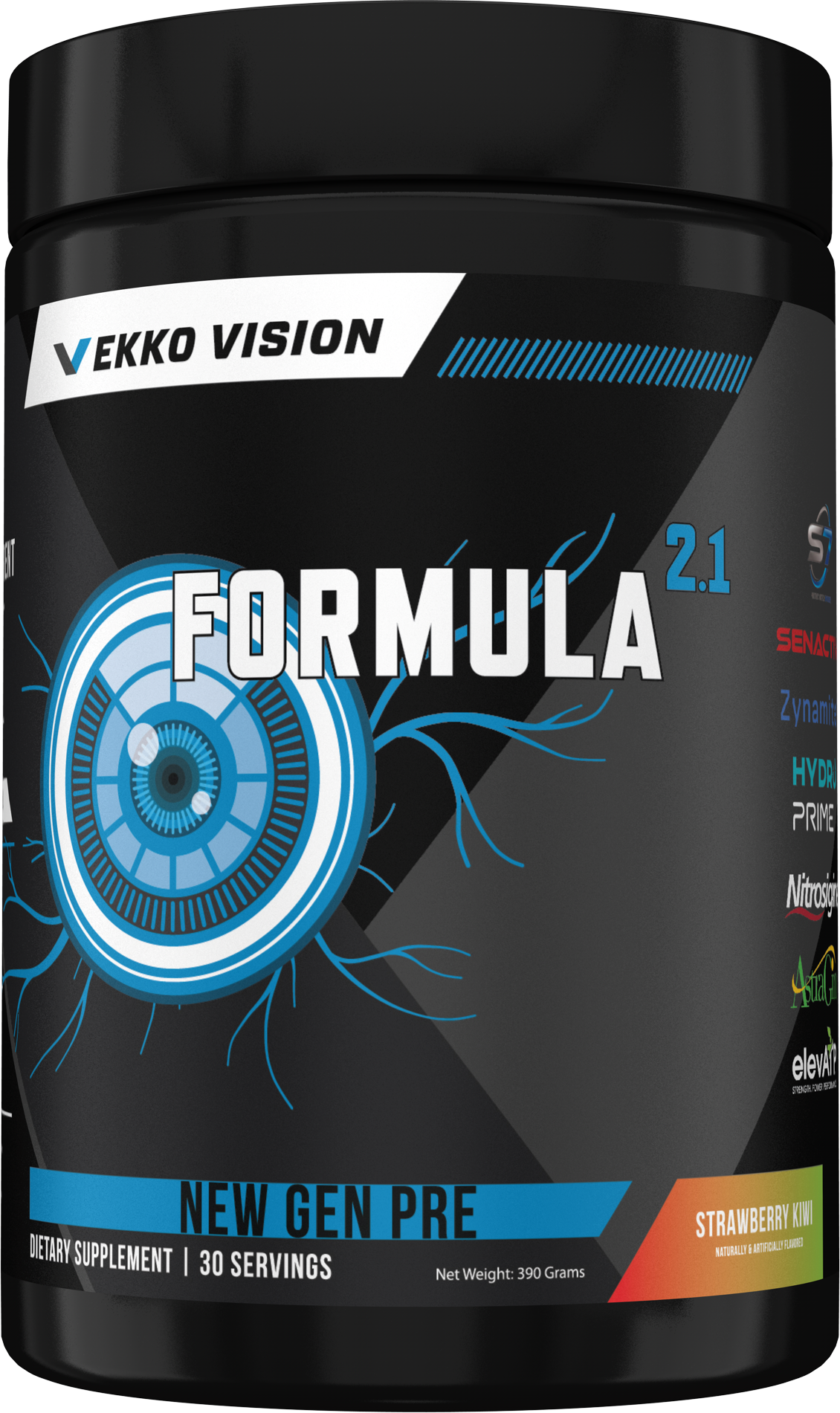
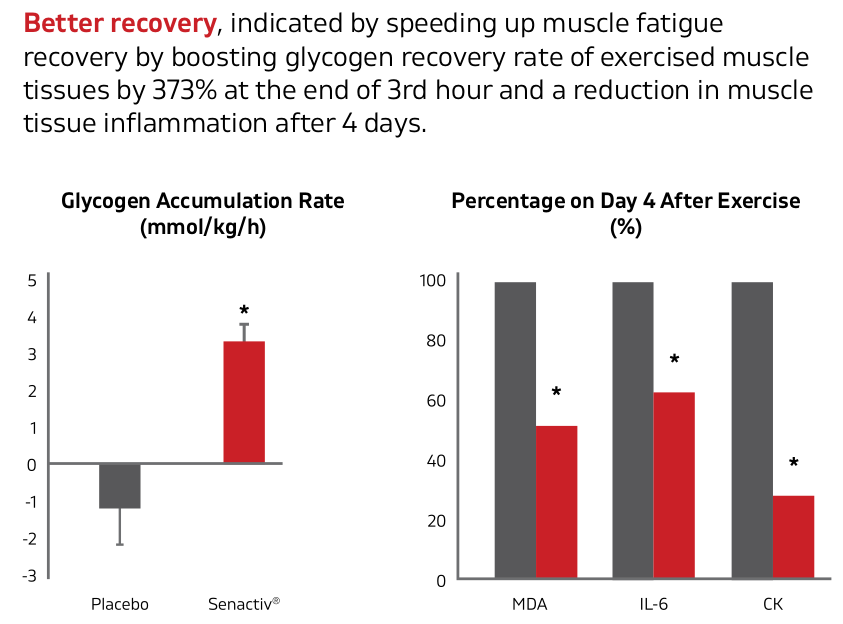
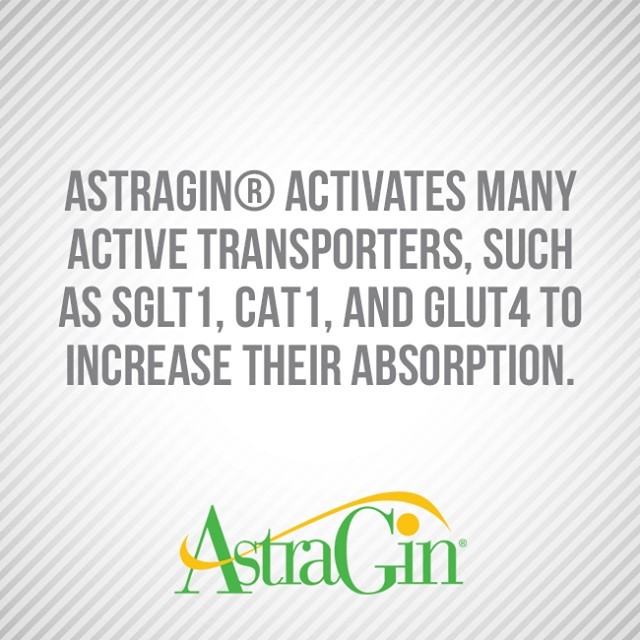
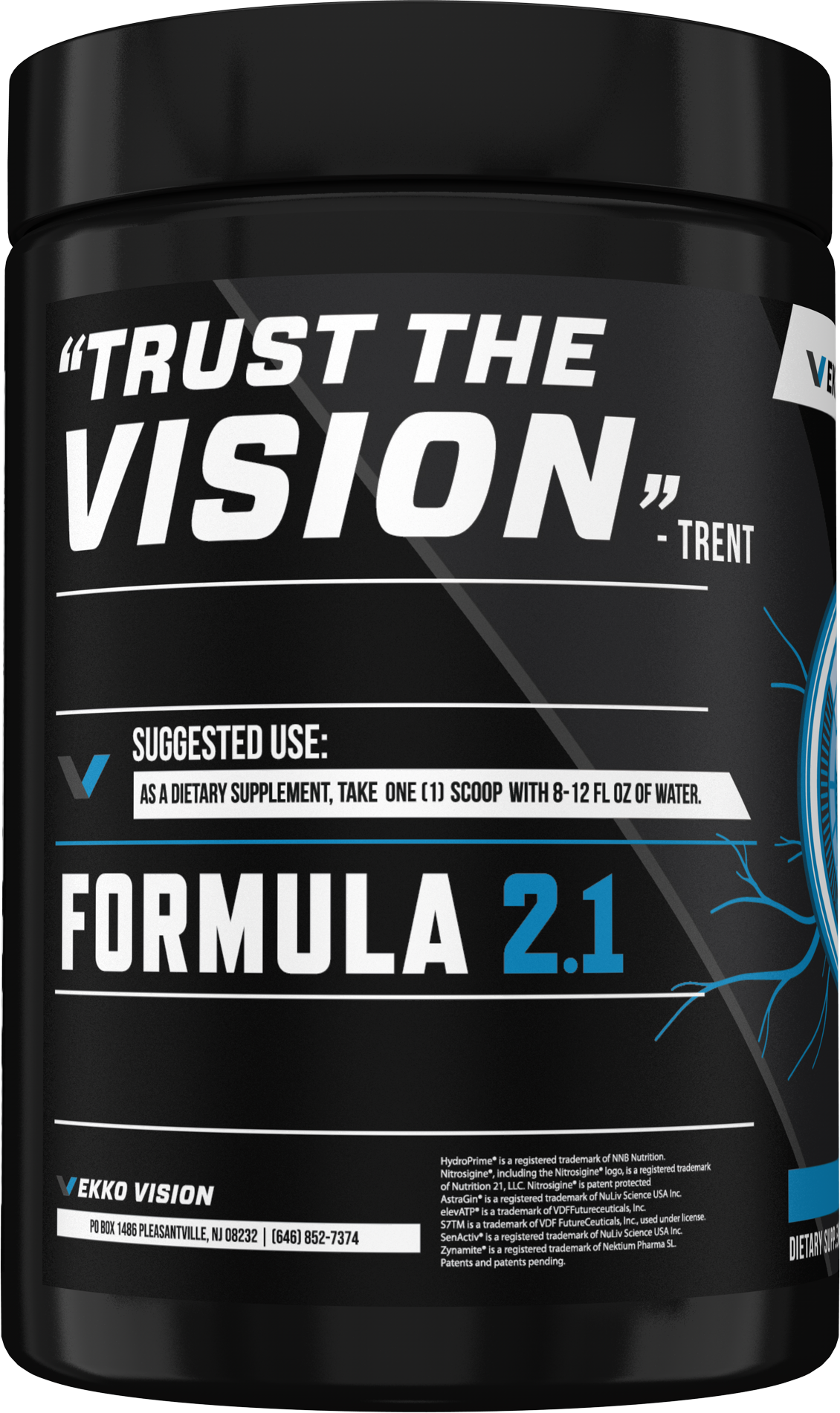


Comments and Discussion (Powered by the PricePlow Forum)